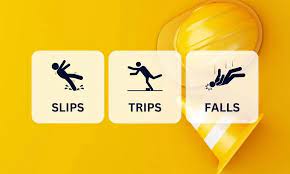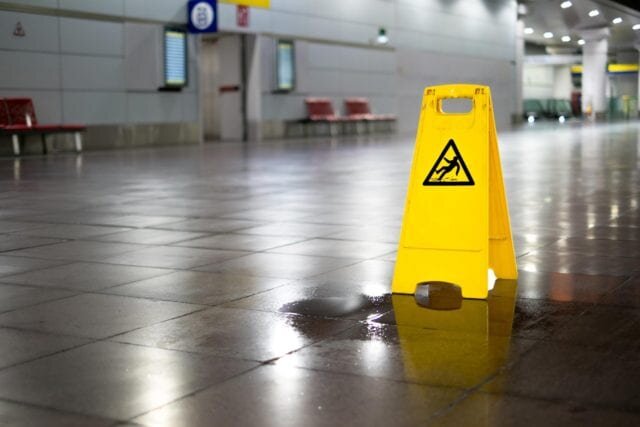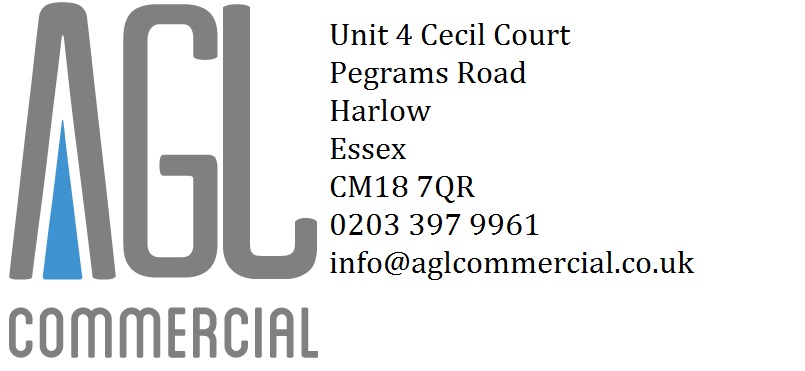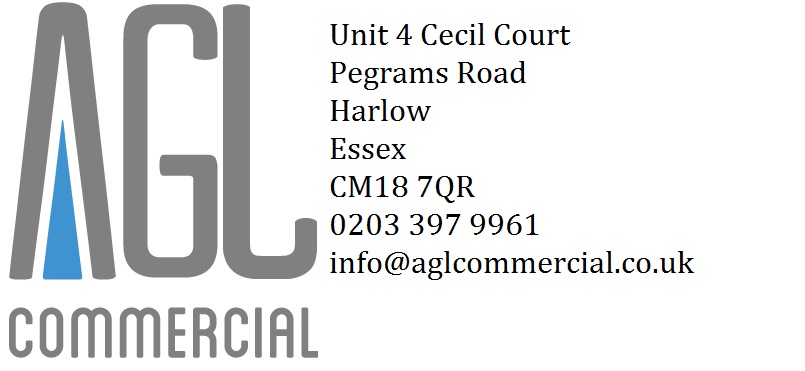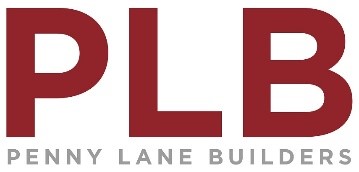ToolBox Talk Sheet
-
Toolbox Topic: Slips, Trips and Falls
-
Site
-
Date
-
Given by:
Information
-
Every year many accidents resulting in injuries occur through slips, trips, and falls. Most of these slips, trips and falls that occur are easily preventable with a little consideration and care.
-
What causes slips, trips and falls?
The most common reason for injuries from falls is poor housekeeping, ie mess. Items lying about will trip someone up if not put away in a safe place.
Where oils and grease are used, spills will create a slip hazard if not immediately cleaned up.
General debris from building works can quickly accumulate and form a tripping hazard.
Trailing cables are another frequent cause of tripping.
Mud left on equipment surfaces or ladder rungs will represent a slipping hazard for the next person.
Reduced levels of natural light, for example during winter afternoons, can easily increase the tripping hazards if adequate access lighting is not provided. Tools, equipment, and materials that are visible in full daylight will be harder to spot in reduced lighting. -
How to prevent slips, trips and falls
Clear up waste materials as you create them. Lightweight waste should be bagged or bundled, and all sharp objects removed, eg nails from waste timber.
Do not leave tools, equipment or unused materials lying about on the floor.
If you are using substances which could spill, ensure that you have a means of effectively clearing up any spillage.
As far as possible, cables for work equipment should be secured above head height. If cables must be routed at floor level, try to avoid crossing pedestrian walkways and use fluorescent or warning tape to highlight potential trip hazards at floor level.
If the workplace is muddy, scrape off mud from footwear before using access equipment or walking anywhere that may be a danger to others.
Be aware of the increased risks of tripping as the level natural light fades; use additional lighting and ensure that all tools, equipment, and materials are stored in a safe location.
Questions
-
What can you do in your job to reduce slip, trip, or fall hazards?
-
How can you manage the risk from trip hazards at floor level?
-
What is the correct procedure for clearing up a spilt liquid?
Name & Sign
- Attendance:
-
Full Name and Signature
-
Full Name and Signature






